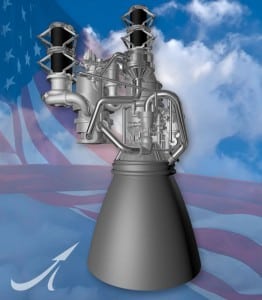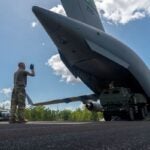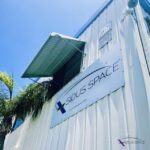
The head of Air Force Space Command said Tuesday he has increased confidence that industry can have a new all-American rocket ready to fly by the 2022-23 timeframe.“I have more confidence today than I did last year,” Air Force Gen. John Hyten testified to the House Armed Services strategic forces subcommittee. “I'm more confident this year with both the Aerojet Rocketdyne solution as well as the Blue Origin solution than I was last year because the progress that we've made…













